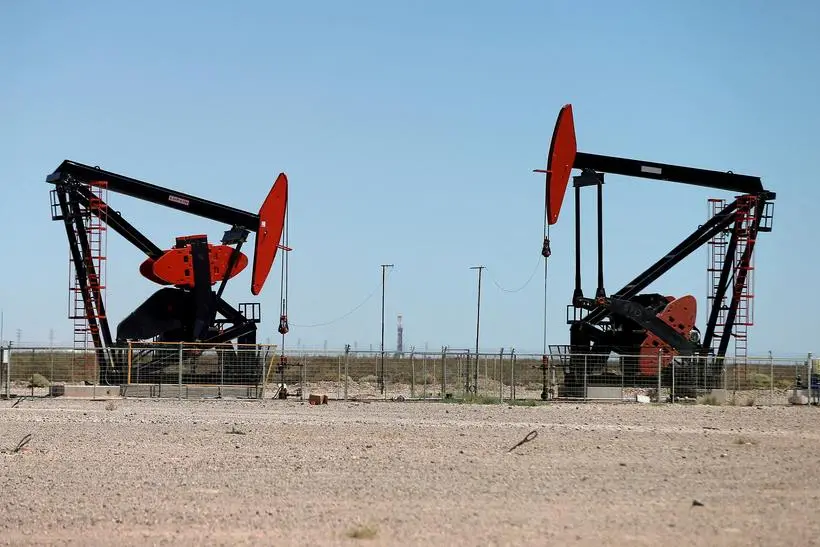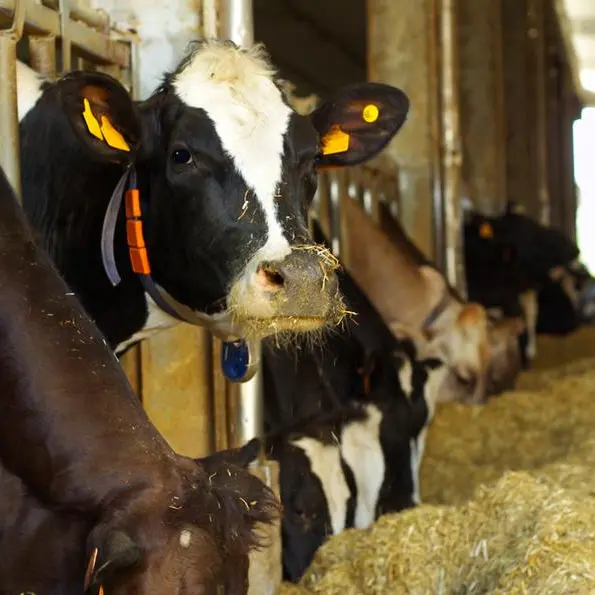PHOTO
Oil prices climbed more than 2% on Thursday as Russia and Ukraine launched missiles at each other, overshadowing the impact of a bigger-than-expected increase in U.S. crude inventories.
Brent crude futures rose $1.48, or 2.03%, to $74.29 by 1158 GMT. U.S. West Texas Intermediate crude futures rose $1.53, or 2.23%, to $70.28.
Ukraine fired British cruise missiles into Russia on Wednesday, the latest Western weapon it has been permitted to use in such a way, a day after it fired U.S. missiles.
Kyiv's air force said Russia responded Thursday morning, launching an intercontinental ballistic missile at Ukraine, the first time Moscow has used such a powerful, long-range missile during the war.
Russia has said the use of Western weapons to strike its territory far from the border would be a major escalation in the conflict. Kyiv says that in order to defend itself it must be able to strike Russian bases used to support Moscow's invasion, which entered its 1,000th day this week.
"For oil, the risk is if Ukraine targets Russian energy infrastructure, while the other risk is uncertainty over how Russia responds to these attacks," said ING analysts in a note.
China on Thursday announced policy measures to boost trade, including support for energy product imports, amid worries over U.S. President-elect Donald Trump's threats to impose tariffs.
Meanwhile, OPEC+ may push back output increases again when it meets on Dec. 1 due to weak global oil demand, said three OPEC+ sources familiar with the discussions.
The production group, which combines the Organization of Petroleum Exporting Countries and allies like Russia, pumps around half the world's oil. It had initially planned to gradually reverse production cuts from late 2024 and through 2025.
However, the International Energy Agency (IEA) has said even if OPEC+ cuts remain, oil supply will still exceed demand in 2025.
Weighing on the market was a rise in U.S. crude inventories of 545,000 barrels to 430.3 million barrels in the week ended Nov. 15, exceeding analysts' expectations.
Gasoline inventories last week rose more than forecast, while distillate stockpiles posted a larger-than-expected draw, according to the Energy Information Administration data.
(Reporting by Paul Carsten in London and Siyi Liu in Singapore; Additional reporting by Arathy Somasekhar in Houston; Editing by Bernadette Baum, Kirsten Donovan)























